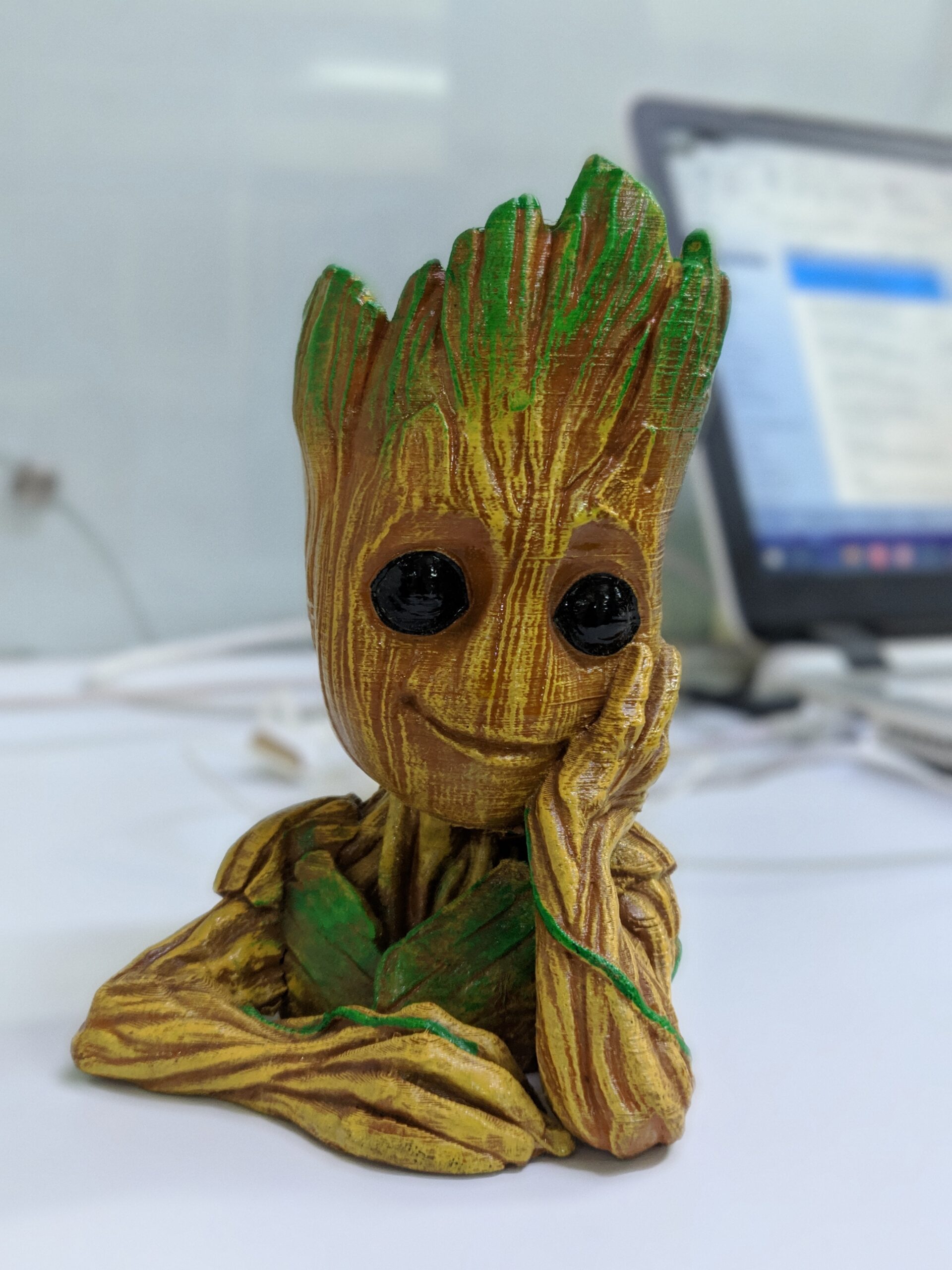As you scroll through another SameDayEssay review for your next academic assignment, let’s take a detour into the colorful and dynamic world of Marvel Comics. For decades, Marvel has not just been about superheroes in capes; it’s been a masterclass in storytelling.
From Spider-Man swinging across skyscrapers to the intricate narratives of the Avengers, Marvel Comics provides valuable lessons in creative writing. There’s much to learn about crafting compelling narratives, developing memorable characters, and creating a universe that captivates audiences.

The Magic of Story Structure
Marvel Comics teaches us that at the heart of a compelling narrative is a solid structure. Think of a story as a building, with each part, from the foundation to the roof, playing a crucial role. Your opening sets the stage, introducing the characters and the world they inhabit.
As the story progresses, conflicts and challenges arise, much like the rising action in a Marvel storyline, where heroes face obstacles, battle villains, or grapple with internal conflicts. This is where your narrative skills really shine. You can weave subplots and twists that keep your readers turning the pages.
The climax is your story’s pinnacle, much like an epic Marvel battle scene. It’s the moment when tensions peak, and the outcome hangs in the balance. Following this, your story moves to the resolution – the aftermath, where the dust settles, and the world is forever changed by the events that unfolded.
Character Development: Heroes and Villains
Marvel shows us that characters are the lifeblood of a story. Start by giving your characters clear goals and motivations – what do they want, and why? Spider-Man’s desire to protect the innocent stems from his personal loss, driving his actions and decisions.
Give your characters a unique voice. Just like how Iron Man’s witty quips set him apart, your characters’ dialogue should reflect their personalities. Are they sarcastic, serious, or introspective? Let their words paint their persona.
Villains, or antagonists, are just as important. A well-developed antagonist, like Thanos, has his own goals, motivations, and, sometimes, relatable traits. Such characters challenge your hero not just physically but also ideologically.
Remember, character development is a journey. Allow your characters to evolve over the course of the story. They should learn, grow, and change, influenced by their experiences and the world around them. This evolution makes them relatable and memorable to your readers.
In the Marvel Universe, every character, from the superhero to the sidekick, plays a pivotal role in the narrative tapestry. Similarly, in your writing, focus on developing each character, no matter how small their role, to add richness and depth to your story.

Crafting a Believable Yet Extraordinary World
A world that’s both fantastical and believable is key to immersing your readers. Think about how the bustling streets of New York City in Spider-Man are characters in themselves, adding realism and relatability.
When building your world, consider the physical environment. Is it a futuristic city, a distant planet, or an alternate reality? How does the setting influence the story and the characters? For instance, the advanced technology of Wakanda in Black Panther is integral to the plot and themes of the story.
But world-building goes beyond physical settings. It’s about creating a culture – the beliefs, customs, and social norms of the inhabitants. What are the rules of your world? How do they impact the characters and the narrative? The moral and ethical dilemmas faced by the X-Men in a world that fears and mistrusts them add layers to their characters and the story.
Dialogues and Monologues: Speaking Volumes
In Marvel Comics, what characters say and how they say it is a powerful tool in character development and storytelling. Dialogues can reveal personality, background, and motivations. They can be witty, dramatic, or introspective, but they must always be true to the character’s voice.
Think about how the dialogue in a Marvel comic is concise yet impactful. Each line serves a purpose, whether it’s moving the plot forward or providing comic relief. The banter between characters can also build relationships and add to the dynamics of the story.
Monologues, on the other hand, give a deeper insight into a character’s thoughts and feelings. They can be used to express internal conflicts, hopes, fears, and more. The introspective monologues of characters like Daredevil offer a window into their soul.
When writing dialogues and monologues, pay attention to the rhythm and flow. Avoid lengthy expositions; instead, make every word count. Remember, the way characters speak can be as revealing as their actions.

Visual Storytelling
In the world of Marvel Comics, the adage “show, don’t tell” is brought to life through vibrant illustrations. For writers without the luxury of visuals, this principle is about using descriptive language to create vivid imagery in the reader’s mind. It’s about painting pictures with words.
When Spider-Man swings through the skyscrapers of New York, you feel the rush of wind, the dizzying heights, and the pulse-pounding excitement.
Incorporate sensory details to bring scenes to life. Describe the sounds, smells, and textures that your characters experience. This technique helps to immerse your readers in the world you’ve created. For instance, when describing a bustling city scene, talk about the cacophony of street vendors, the aroma of street food, and the jostle of the crowd.
Visual storytelling is also about showing emotions and character development through actions and interactions. Instead of saying a character is nervous, show their hands trembling or their voice cracking. It’s these small details that build a rich, immersive experience for your readers.
Weaving a Deeper Message
Every Marvel story, at its core, has a theme or a deeper message. Themes are the soul of your story, the underlying ideas that you explore through your narrative. For instance, the X-Men series explores themes of prejudice and acceptance, while Iron Man delves into the consequences of technology and hubris.
When choosing your theme, think about what message you want to convey. What do you want your readers to take away from your story? Themes can be anything from love, friendship, and betrayal to more complex concepts like identity, power, and morality.
As you develop your plot and characters, keep your theme in mind. It should be subtly woven throughout your story, not preached. Let your characters and their experiences naturally illustrate the theme.
For example, Captain America’s journey from a scrawny soldier to a superhero can be used to explore themes of courage and the true meaning of strength.
From Comics to Creative Writing
Would you like to be able to build compelling story arcs and create multi-dimensional characters? Marvel offers a playbook for anyone looking to improve their storytelling skills. So, next time you’re working on a writing project, remember the lessons from Marvel.
You might not be writing about superheroes, but you can surely make your characters and stories just as heroic and memorable.